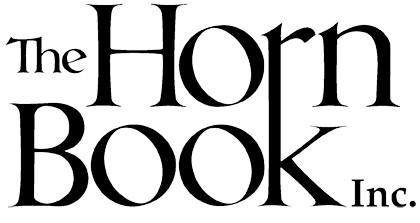Publishers' Preview: Spring 2025: Five Questions for Ibram X. Kendi
Ibram X. Kendi very much keeps his audience in mind for Malcolm Lives!: The Official Biography of Malcolm X for Young Readers.

This interview originally appeared in the March/April 2025 Horn Book Magazine as part of the Publishers’ Previews: Spring 2025, an advertising supplement that allows participating publishers a chance to each highlight a book from its current list. They choose the books; we ask the questions.
Sponsored by

Ibram X. Kendi very much keeps his audience in mind for Malcolm Lives!: The Official Biography of Malcolm X for Young Readers.
 |
|
Photo: Janice Checcio. |
1. “When you don’t know Black American history, when you don’t know Native American history, you don’t know American history.” How could someone possibly disagree with this?
Some people have been led to believe that if they know the history of White Americans, then they know American history — when they only know a portion of American history. In fact, to know the entire book, we must read all the chapters. And two of the chapters of the book of America are Native American history and Black American history.
2. When did you first read The Autobiography of Malcolm X?
If I remember correctly, I first read this book in college at Florida A&M University. But I did not really start studying Malcolm until I got to graduate school.
3. What were you most surprised to discover in your research for this book?
Since this book is for young readers, I really wanted to fully chronicle Malcolm as a youngster. In my research, I could not help but be in awe of all that Malcolm overcame as a young person. Moving multiple times. A home being firebombed. A parent being killed. Hunger and poverty. A parent being taken away. A detention home. Foster care. Having his dream of being a lawyer crushed by a teacher. Incarceration.
 4. What do you think Malcolm X would do first in 2025?
4. What do you think Malcolm X would do first in 2025?
Study and learn all that has happened in the world since he left it.
5. Have you walked Malcolm X’s Boston (figuratively and/or literally speaking)?
It’s fitting: this question. Because I want to take the reader along in the book. There are scenes in the book where I capture what Malcolm saw and what we would see in that same place all these years later. For example, there’s an intersection in the South End of Boston. Massachusetts and Columbus avenues. Malcolm spent a lot of time at this intersection. Enjoying nights out at the jazz clubs. Living nearby. I describe that intersection both then and now, so young people can see that history lives.
Sponsored by

RELATED
ALREADY A SUBSCRIBER? LOG IN
We are currently offering this content for free. Sign up now to activate your personal profile, where you can save articles for future viewing.







Add Comment :-
Be the first reader to comment.
Comment Policy:
Comment should not be empty !!!